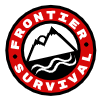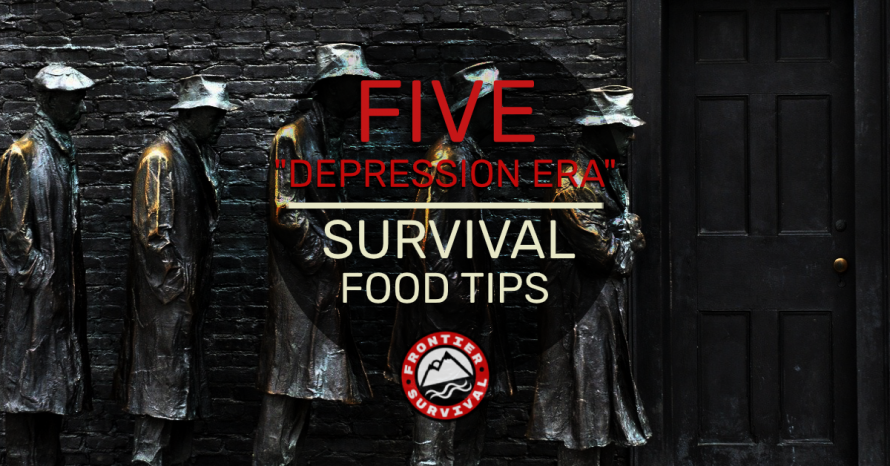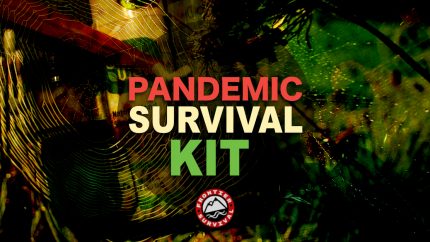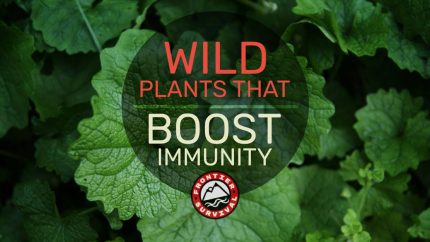What can the food during the great depression teach us about survival today? More than you may realize…
The Great Depression was not even 100 years ago. Yet here we are, potentially facing an economic collapse of similar magnitude, or worse.
The majority of people caught up in the social media vortex have no idea how close we are to another major economic downturn. However, all the warning signs are visible if you know what to look for.
Those of us paying attention may be actively preparing for the unknown, but what “food” lessons have we learned from the past?
BEING PREPARED FOR THE WORST
If you’ve given this any thought, you probably have a few shelves in your garage with boxes of storable food in them.
You know that food is our greatest dependency, and the last time the SHTF during the 1930’s a lot of people never even saw it coming.
Instead of having storable freeze dried food rations people were standing in bread lines for hours picking up government issued rations.
Luckily, many more people back then owned land and were able to grow food and be self sufficient.
Unfortunately, these days most people live in small apartments in cities. Their closets are filled with extra towels, shirts, shoes and stuff, with barely enough extra space for storing emergency food.
Even though many things have changed since the 1930’s, knowing what food people ate during the Great Depression might give you some ideas about what you should really start stockpiling.
Think about how much you would enjoy a baked onion stuffed with peanut butter if that’s all you had to eat…
FOOD DURING THE GREAT DEPRESSION
Yes, people really ate baked onions stuffed with peanut butter – and in comparison, that sounds like it was one of the tastier options.
People also ate mayonnaise sandwiches, ketchup sandwiches, cucumber and mustard sandwiches, hot milk and rice, road kill, squirrels, gophers, corn mush (for breakfast and dinner), hamburger mixed with oatmeal and oatmeal with lard. Mmmmm…
There were lots of other creative options, but what this short list reveals is city folk were very resourceful with condiments and bread.
And if you’ve never eaten a squirrel, it’s likely tastier than a gopher and tastes like chicken…kinda.
People who lived out in the country during those times were slightly better off. They grew and ate their own vegetables, and raised small livestock for food, dairy and meat.
They would preserve food from the summer harvests to eat during the winter. Most of them were very self sufficient.
Even though there is a resurgence of homesteading and self sufficiency, many people still don’t have access to land.
5 SURVIVAL FOOD LESSONS WE CAN LEARN FROM THE GREAT DEPRESSION
The lessons are many, but the main takeaway is you may want to consider adding a few essentials to your stockpile or food storage.
Bulk Grains
Consider wheat or rye berries. These are pretty cheap, but if you have a stone hand grinder, you can mill your own flour to make bread. You don’t even need yeast if you know how to make a sourdough starter!
Another great use for wheat or rye berries is to sprout them. Wheat and rye grass sprouts will supply you with lots of chlorophyll and minerals.
Wild Game
Another consideration is, to learn how to catch small, wild game. If you already know how to hunt, great. You might be able to kill a deer and have enough meat for awhile. If you have a way to preserve it, that is.
However, if you live in the city and have never killed anything besides a mosquito, learning how to catch a rabbit, squirrel, or gopher (gasp) with a snare or trap might be a skill that could feed you during rough times.
Canned Foods
During the 1930’s, people also ate a lot of canned foods. Lots of soup, beans, canned vegetables, canned fish, and of course, Spam.
In 1937, Spam became one of the most affordable, accessible, “wartime delicacies” that helped feed American servicemen fighting the war. By 2012, Spam sold its 8 billionth can. It’s a favorite staple of the everyday person and prepper, due to its long shelf life.
It’s not a bad idea to keep extra dry and canned beans, rice, oats, and other grains around for the long haul.
Small Livestock
If you have space, keeping small, and quiet livestock like rabbits can be a really effective way to meet your protein needs and stay off the radar.
Rabbits eat grass and need water, so if you have access to those two things you could raise rabbits for meat and fur. They are easy to harvest, and multiply quickly, so having a steady supply isn’t as hard as you think.
Truth be told, rabbits were the meat of choice before chickens became a “thing”. And, if you have wild rabbits near where you live, you can let nature do the work and set snares.
Gardening
You can grow a lot of food in small spaces. In the 1930’s a larger percentage of the population owned land. These days most people barely have a front yard.
The good news is, many options are available for innovative ways to grow food wherever you live. Consider vertical gardening options, trellises, raised beds, containers, hanging pots, etc. You can even grow potatoes inside a pair of old jeans on a sunny balcony!
Start planting perennial food right away. This is one of the best kept secrets for those who do have a little space to grow food.
Perennial crops of orchard fruits, berries, vining fruits, dandelions and edible roots and weeds are all great options.
Many of these types of plants and trees take years to mature and bare fruit though. The sooner you can get perennials established the sooner you can reap the harvest – year round.
“The best time to plant a tree was 20 years ago. The second best time is now!”
– Ancient Chinese Proverb
Before you go, check out these great Survival Tips for emergency and disaster situations!



